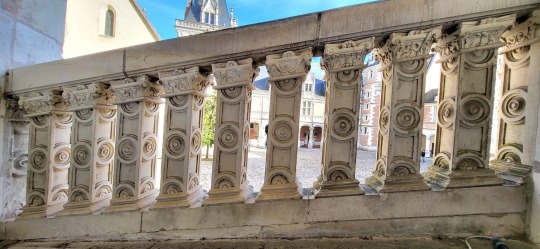#château royal de blois
Text
Château Royal de Blois
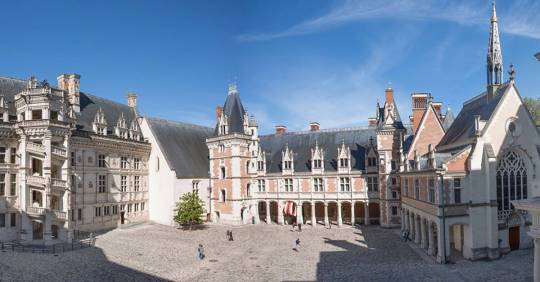

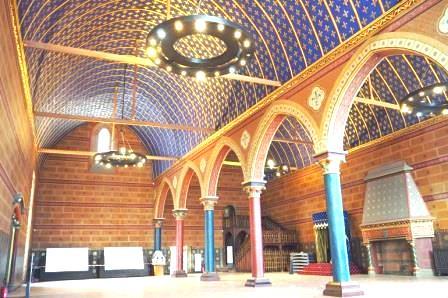
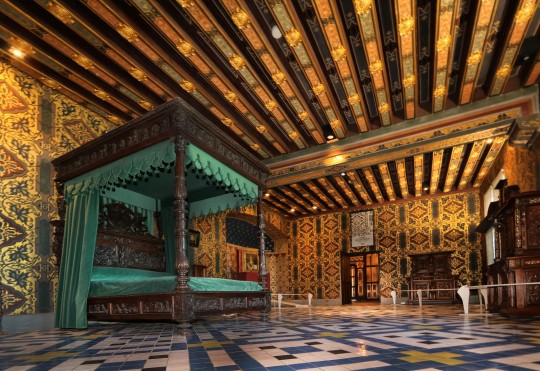
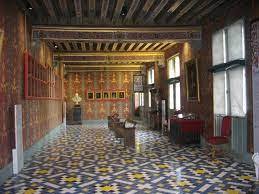
Château Royal de Blois is located in the city of Blois, France. The castle has four wings from the 13th through the 17thcenturies, giving it many design styles. In the 9th century, a medieval fortress and a county palace sat on the site. The castle has a 13th century medieval fortress, a Louis XII Gothic wing added in 1498, an Italian Renaissance wing added in 1515 by Francois I, and the Classical Gaston of Orleans wing erected in 1634 by the brother of Louis XIII and heir to the throne. The Gaston of Orleans wing was never fully completed. Due to the different construction periods and design, the castle interior has columns, pilasters, capitals, buttresses, candelabra-laced décor, stonework, open galleries, a grand spiral staircase, and a great polygonal staircase turret is open to the central courtyard. The Chapel of St Calais was consecrated in 1508. The royal castle was used by seven kings and ten queens of France during the Renaissance, while more than ten counts of Blois and three Dukes of Orleans resided in the royal chateau. The castle has an extensive history. Joan of Arc was blessed at the chateau in 1429 before setting off to defeat the English in New Orleans. The castle fell into disrepair in the 17th century and suffered further degradation. It was used as barracks in 1788. Château Royal de Blois was saved from a demolition order when it was classified as a historical monument in 1845, and restoration work began. Château Royal de Blois is open to the public.
#château royal de blois#chateaux#CASTLES#Loire Valley#France#loir et cher#blois#museum#sound and light show
5 notes
·
View notes
Text
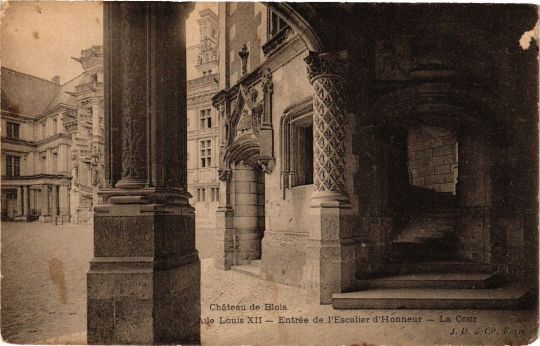
In the courtyard of the 15th-century Royal Château de Blois, Orléanais region of France
French vintage postcard
#france#briefkaart#courtyard#postal#carte postale#th#the 15th-century#tarjeta#region#ansichtskarte#royal château de blois#blois#orlanais#photo#historic#postkaart#sepia#chteau#photography#royal#orléanais#postcard#ephemera#french#vintage#old#de#century#postkarte
5 notes
·
View notes
Text

ab. 1600 Unknown artist - Portrait of a young girl with a pearl
(Musée du Château Royal de Blois)
144 notes
·
View notes
Text
THIS DAY IN GAY HISTORY
based on: The White Crane Institute's 'Gay Wisdom', Gay Birthdays, Gay For Today, Famous GLBT, glbt-Gay Encylopedia, Today in Gay History, Wikipedia, and more


1644 – The Abbé de Choisy, also known as François Timoléon (d.1724), born in Paris, among the notable Frenchmen of the seventeenth century, has left for posterity a vivid firsthand description of a strong cross-gender wish. During his infancy and early youth, his mother had attired him completely as a girl. At eighteen this practice continued and his waist was then "encircled with tight-fitting corsets which made his loins, hips, and bust more prominent." As an adult, for five months he played comedy as a girl and reported: "Everybody was deceived; I had [male] lovers to whom I granted small favors."

de Choisy as a woman
In 1676, he attended the Papal inaugural ball in a female attire. In 1687, he was received into the Académie de France. In 1696 he became the Ambassador of Louis XIV to Siam.
Regarding his gender identity he wrote,
I thought myself really and truly a woman. I have tried to find out how such a strange pleasure came to me, and I take it to be in this way. It is an attribute of God to be loved and adored, and man - so far as his weak nature will permit - has the same ambition, and it is beauty which creates love, and beauty is generally woman's portion … . I have heard someone near me whisper, "There is a pretty woman," I have felt a pleasure so great that it is beyond all comparison. Ambition, riches, even love cannot equal it …
In 1676, he attended the Papal inaugural ball in a female attire. In 1687, he was received into the Académie de France. In 1696 he became the Ambassador of Louis XIV to Siam.
Regarding his gender identity he wrote,
I thought myself really and truly a woman. I have tried to find out how such a strange pleasure came to me, and I take it to be in this way. It is an attribute of God to be loved and adored, and man - so far as his weak nature will permit - has the same ambition, and it is beauty which creates love, and beauty is generally woman's portion … . I have heard someone near me whisper, "There is a pretty woman," I have felt a pleasure so great that it is beyond all comparison. Ambition, riches, even love cannot equal it …


1667 – Louis de Bourbon, Légitimé de France, Count of Vermandois (d.1683) was the eldest surviving son of Louis XIV of France and his mistress Louise de La Vallière. He was sometimes known as Louis de Vermandois after his title. He died unmarried and without issue.
Louis de Bourbon was born at the Château de Saint-Germain-en-Laye. He was named after his father. Like his elder sister, Marie Anne de Bourbon, who was known at court as Mademoiselle de Blois, he was given the surname of de Bourbon not de France as a result of his illegitimacy. As a child, he called his mother Belle Maman because of her beauty. Louis was legitimised in 1669, at the age of two, and was given the title of comte de Vermandois and was made an Admiral of France.
In 1674, his mother entered a Carmelite convent in Paris, and took the name Sœur Louise de la Miséricorde. Afterwards, they saw very little of each other. From his mother and his father, Louis had five full siblings, many of whom died before his birth.
After his mother left, Louis lived at the Palais Royal in Paris with his uncle, Philippe of France, duc d'Orléans, and his wife Elizabeth Charlotte of the Palatinate. At the Palais-Royal, he became very close to his aunt despite her well-known dislike of Louis XIV's bastards. The affection the aunt and nephew had for each other never diminished.
While he was at the court of his libertine and homosexual uncle, he met the Chevalier de Lorraine, his uncle's most famous lover. It is said that the young count was seduced by the older chevalier and his set (including the Prince of Conti) and began practicing le vice italien (the contemporary appellation for homosexuality).
Louis XIV decided to exile his son and the Chevalier de Lorraine.
In order to cover up the scandal, it was suggested that the boy be married off as soon as possible; a bride suggested was Anne Louise Bénédicte de Bourbon; Louis was exiled before anything could materialise.
In June 1682, Louis was exiled to Normandy. In order to smooth things over between father and son, his aunt Elizabeth Charlotte of the Palatinate suggested to the king that Louis be sent as a soldier to Flanders, which was then under French occupation. The king agreed with the suggestion and his son was sent to the Siege of Courtray. It was there that Louis fell ill.
Despite his illness, Louis was desperate to regain his father's love and continued to fight in battle regardless of advice given by the royal doctor and the marquis de Montchevreuil that he return to Lille in order to recuperate.
Louis died on 18 November 1683, at the age of sixteen. He was buried at the cathedral at Arras. His loving sister and aunt were greatly impacted by his death. His father, however, did not even shed a tear. His mother, still obsessed with the sin of her previous affair with the king, said upon hearing of her son's death: I ought to weep for his birth far more than his death.
Louis was later suspected of being the Man in the Iron Mask.


Gandhi and Kallenbach
1869 – Mohandras Mahatma Gandhi was an Indian lawyer, anti-colonial nationalist, and political ethicist, who employed nonviolent resistance (satyagraha) to lead the successful campaign for India's independence from British rule, and in turn inspired movements for civil rights and freedom across the world. The honorific Mahatma ("great-souled", "venerable"), first applied to him in 1914 in South Africa, is now used throughout the world.
Born and raised in a Hindu family in coastal Gujarat, western India, Gandhi trained in law at the Inner Temple, London, and was called to the bar at age 22 in June 1891. After two uncertain years in India, where he was unable to start a successful law practice, he moved to South Africa in 1893 to represent an Indian merchant in a lawsuit. He went on to stay for 21 years.
It was in South Africa that Gandhi raised a family, and first employed nonviolent resistance in a campaign for civil rights. In 1915, aged 45, he returned to India. He set about organising peasants, farmers, and urban laborers to protest against excessive land-tax and discrimination. Assuming leadership of the Indian National Congress in 1921, Gandhi led nationwide campaigns for easing poverty, expanding women's rights, building religious and ethnic amity, ending untouchability, and above all for achieving Swaraj or self-rule.
Was Mahatma Gandhi gay? A Pulitzer-Prize winning author Joseph Lelyveld claims the god-like Indian figure not only left his wife for a man, but also harbored racist attitudes.
According to Lelyveld, his lover was Hermann Kallenbach, a German-Jewish architect and bodybuilder. The couple built their love nest during Gandhi's time in South Africa where he arrived as a 23-year-old law clerk in 1893 and lived for 21 years.
At the age of 13 Gandhi had been married to 14-year-old Kasturbai Makhanji, but after four children together they broke up so he could be with Kallenbach. As late as 1933 Gandhi wrote a letter telling of his unending desire and branding his ex-wife "the most venomous woman I have met." Kallenabach emigrated from East Prussia to South Africa where he first met Gandhi. The author describes Gandhi's relationship with the man as, "the most intimate, also ambiguous relationship of [Gandhi's] lifetime."
Much of the intimacy between the two is revealed in Kallenbach's letters to his Indian friend after Gandhi left his wifen 'Ba' — an arranged marriage — in 1908 for Kallenbach, a lifelong bachelor, according to the book.
The source of much of the detail of their affair was found in the "loving and charming love notes" that Gandhi wrote to Kallenbach, whose family saved them after the architect's death. They eventually landed in the National Archives of India. Gandhi had destroyed all those from Kallenbach.
It was known that Gandhi was preoccupied with physiology, and even though he had a "taut torso," weighing 106 to 118 pounds throughout his life, the author says Gandhi was attracted to Kallenbach's strongman build.
In letters, Gandhi wrote to Kallenbach, "How completely you have taken possession of my body. This is slavery with a vengeance."
"Your portrait (the only one) stands on my mantelpiece in the bedroom," he writes. "The mantelpiece is opposite the bed."
The pair lived together for two years in a house Kallenbach built in South Africa and pledged to give one another "more love, and yet more love."
Gandhi implored Kallenbach not to "look lustfully upon any woman" and cautioned, "I cannot imagine a thing as ugly as the intercourse of men and women."
By the time Gandhi left South Africa in 1914, Kallenbach was not allowed to accompany him because of World War I. But Gandhi told him, "You will always be you and you alone to me…I have told you you will have to desert me and not I you."
Kallenbach died in 1945 and Gandhi was assassinated in 1948


1985 - Rock Hudson, American actor died (b.1925); Hudson's death from HIV/AIDS changed the face of AIDS in the United States.


1997 – "Variety" objected to the Motion Picture Association of America's decision to give the movie "Bent" an NC-17 rating, pointing out that the sex scenes were far less graphic than heterosexual sex scenes in movies which receive R ratings.


2 notes
·
View notes
Text

An early 15th century calendar illustration for the month of September shows the castle of Duc de Berry at Saumur in France. By the late Middle Ages, the simple castles of earlier centuries had given way to vast, elaborate fortresses. The castle provided a gracious home in time of peace, its soaring towers and gilded weather vanes giving it a fairy-tale appearance. In time of war, the castle was a secure base; after crossing the drawbridge, attackers would still face a hail of stones and boiling lead dropped through 'murder holes' beneath the battlements of the towers.
Source: Unknown.
ADD LINK TO PREVIOUS POST ABOUT THE ILLUSTRATORS, THE LIMBURG BROTHERS.
Fact-check the following:
The Château de Saumur was originally built as a castle in the 10th century by Theobald I, Count of Blois, as a fortified stronghold against Norman attacks. It overlooks the confluence of the Loire and the Thouet. In 1026 it came into the hands of Fulk Nerra, count of Anjou, who bequeathed it to his Plantagenet heirs. Following its destruction in 1067, the castle was rebuilt by Henry II of England in the later 12th century. In the early part of the 13th century, Philip II of France made Saumur part of his royal domain. The page for September in the 'Tres Riches Heures du Duc de Berry' depicts the Château as it looked in 1410.
Below: Château de Saumur as it is today.

0 notes
Text
La Coupe de Poudloire 2023 aura lieu du 23 au 24 septembre 2023 à Blois (41).
Devenez élève de l’École de Poudloire le temps d’une journée à Blois et aidez votre maison à gagner la Coupe ! Clubs de loisirs sorciers, examens de magie, exposants, banquet, soirée de célébration, etc.
450 élèves répartis dans quatre maisons au Château Royal de Blois pourront gagner des points pour leur maison en participant à plusieurs clubs de loisirs sorciers (quidditch au sol, valse, jeux de société etc.).
350 élèves passeront aussi leurs épreuves d’examens (métamorphose, botanique, potions, divination, sortilèges, histoire de la magie…) pour obtenir leur diplôme et remporter le plus grand nombre de points pour leur maison.
En fin d’après-midi, tous les élèves, pourront supporter l’équipe de leur maison pendant un tournoi de « quidditch au sol ».
Ces temps ludiques seront suivis par un banquet et une soirée de célébration pour les pass MUSE ET CHAMAN
Afin de rendre votre week-end à Poudloire encore plus magique, nos partenaires vous proposeront des offres complémentaires le samedi et ouvriront les portes de leurs structures le dimanche !
La billetterie ouvrira le dimanche 2 avril à 12h00 et 4 formules sont proposées :
pass « FÉE » (100 personnes) : 16€
pass « DEVIN » (150 personnes) : 32 €
pass « MUSE » (150 personnes) : 51 €
pass « CHAMAN » (50 personnes) : 66 €
0 notes
Text
marguerite d'anjou, dowager queen of scotland / timeline.
21 december 1452: born, marguerite d’anjou, at the château de blois, kingdom of france; first-born daughter of thebold d’anjou, duke of anjou, and christina valois, a royal french duchess.
c. 1458, aged 6: sister, agnes d’anjou, is born.
c. 1461, aged 9: betrothed to james, future king of scots.
20 july 1462, aged 10: marriage of marguerite d’anou and james stuart takes place by proxy in paris.
9 september 1466, aged 14: james, aged nineteen, becomes james v of scotland. marguerite commands her servants to refer to her as queen of scots.
c. 1467, aged 15: birth of james’ illegitimate son, archibald douglas.
c. 1468, aged 15: birth of james’ illegitimate daughter, marjorie douglas.
c. 1468, aged 16: marguerite’s party begins its journey from paris to edinburgh; their arrival is delayed by inclement weather, whereupon they are forced to dock in dover and make the trip to scotland on horseback.
17 february 1469, aged 16: unable to adjust to the harsh scottish climes, marguerite is indisposed between november 1468 and february 1469; her illness becomes so severe that james delays their marriage in the fear that she should die. finally, marguerite musters enough of her former strength (with ample pressure from her father to seal the deal) and the two marry in a private chapel at holyrood palace, attended by only a few guests (including james’ mistress, jane douglas).
27 december 1469, aged 17: having finally recovered from her prolonged illness, marguerite is crowned queen of scotland – six days after her seventeenth birthday.
24 november 1473, aged 21: birth of a daughter, arabella (future queen of scots) at holyrood palace, the queen’s principal (and favoured) royal abode.
c. 1473–1478, aged 21–26: marguerite begins an affair with thomas hepburn, earl of bothwell; he is killed in a skirmish against the english in 1478. at the time of bothwell’s death, there are whispers at holyrood that the queen may be with child; though these rumours are empty, james strains his relationship with marguerite by accusing her of having fathering arabella with bothwell.
28 august 1484, aged 32: over a decade since the birth of arabella, marguerite miscarries of a son. from this point on, james and marguerite live in separate households; marguerite must vacate holyrood and set up camp at stirling castle.
19 may 1494, aged 42: death of james v, following a prolonged illness.
c. 1494, aged 42: succession of her daughter, arabella, to the throne.
1 note
·
View note
Text
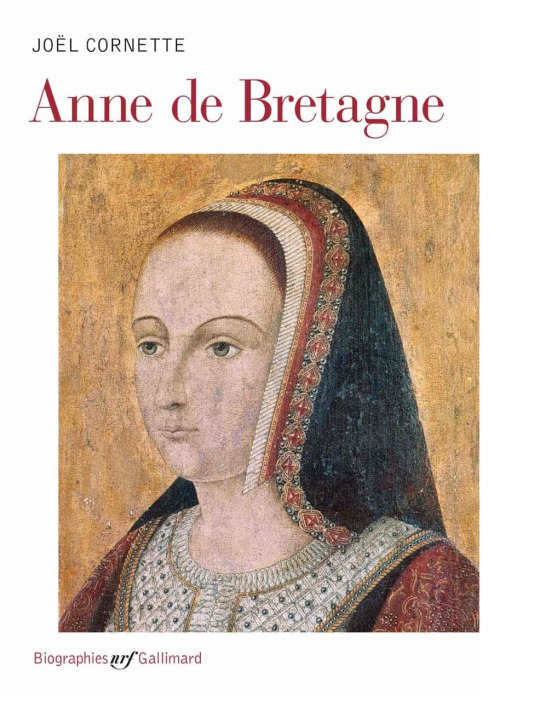
L’IDOLE DE LA BRETAGNE
« Petite, maigre de sa personne, boiteuse d’un pied et d’une façon sensible, brunette et jolie de visage. Et, pour son âge, fort rusée. » C’est ainsi qu’en 1492 l’ambassadeur de Venise à la cour de France présente Anne de Bretagne, devenue l’épouse du roi Charles VIII.Mais il ne dit rien de son parcours singulier, extraordinaire même, par bien de ses aspects. Un itinéraire de vie ponctué de séquences en accéléré, parfois heureuses, souvent dramatiques, finalement tragiques : orpheline de mère à neuf ans, de père deux ans plus tard, duchesse à onze ans, reine à quinze ans, mère à seize ans, veuve à vingt et un ans, remariée et reine une nouvelle fois à vingt-deux ans. Enceinte à quatorze reprises en moins de vingt ans — c’est là sa fonction principale —, épuisée par ses maternités répétées, souvent douloureuses, Anne de Bretagne décède avant d’atteindre ses trente-sept ans, à l’aube glacée d’un jour d’hiver, en janvier 1514, après avoir vu disparaître sept de ses neuf enfants et perdu tous ses fils susceptibles de régner…
Seule femme à avoir vécu le privilège de trois sacres et couronnements (comme duchesse de Bretagne dans la cathédrale de Rennes en 1489, en tant que reine de France dans l’abbatiale de Saint-Denis, en 1492, puis en 1504), épouse successive de Maximilien d’Autriche, roi des Romains (même s’il s’agit d’un mariage par procuration), de Charles VIII et de Louis XII, durant son « règne » Anne s’entoura, d’abord à Amboise puis au château de Blois, d’une cour cultivée, raffinée et nombreuse — presque aussi nombreuse que celle du roi. Elle marqua les contemporains : « Ce fut la première, écrit Brantôme dans ses Vies des dames illustres, qui commença à dresser la grande cour des Dames, que nous avons vue depuis elle jusqu’à cette heure ; car elle en avait une très grande suite, et de dames et de filles, et n’en refusa jamais aucune. » Il n’est pas d’exemple, sans doute, de reine de France qui ait bénéficié d’une telle pléthore d’honneurs, sinon d’un réel pouvoir, jusqu’au cérémonial de ses obsèques, en 1514. Ces funérailles royales furent d’une ampleur, d’une durée, d’une magnificence inédites, les plus grandioses qu’ait connues le royaume de France en cette aube de la Renaissance.
Extrait de
Anne de Bretagne - Joël Cornette
0 notes
Photo




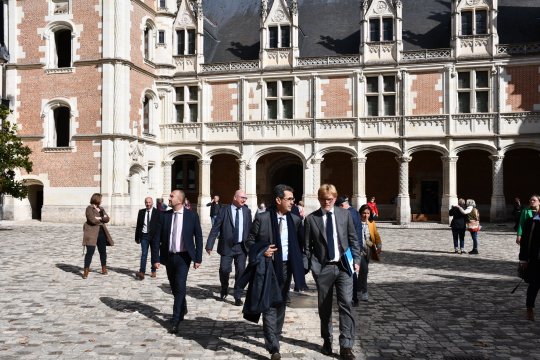
25e rendez-vous de l’histoire à Blois
Grand entretien avec Marc Fesneau : Quelle souveraineté alimentaire pour la France au sein de l'Europe ?
Château royal de Blois, samedi 8 octobre 2022
Twitter @MFesneau
0 notes
Text
Bois #16
Getting to the castles in the loire valley was harder then we thought: the bike stores were closed because it’s Sunday plus off season. Luckily after a while we found a free shuttle bus that took us to Chambord and Cheverny. We decided not to get off at Chambord because it was under construction and covered in scaffolding. After exploring Cheverny we returned to Blois where we walked around town and saw the magnificent Château Royal de Blois.
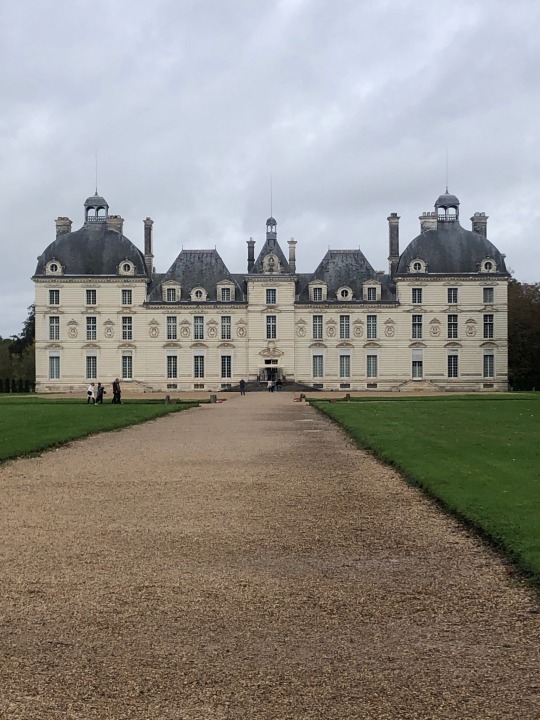



1 note
·
View note
Photo
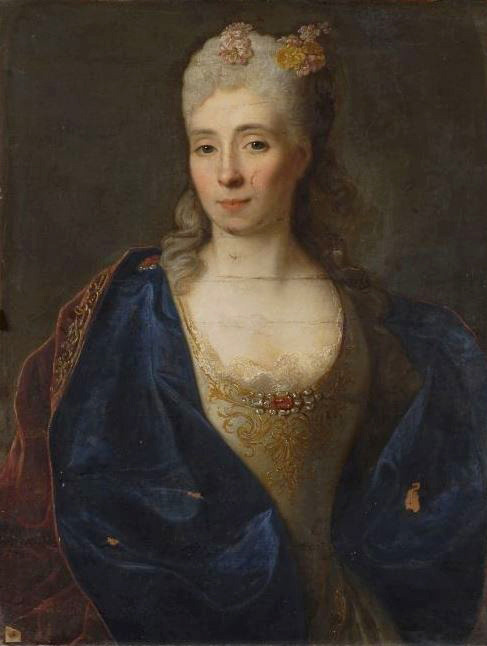
ab. 1710 Circle of Nicolas de Largillière - Portrait of a woman, formerly identified as Marie-Anne de Mailly-Nesle, Duchess of Châteauroux
(Musée du Château Royal de Blois)
105 notes
·
View notes
Photo

Inaccessible? Bientôt disponible sur mon site ;-) #microedition #edition #chateauroyaldeblois #institutionnel #patrimoine #papier #livredart #regioncentrevaldeloire #loiretcher #villedeblois #blois #tresor #reportage #auteur #corporate (à Château Royal de Blois) https://www.instagram.com/p/CdNORgYsQfV/?igshid=NGJjMDIxMWI=
#microedition#edition#chateauroyaldeblois#institutionnel#patrimoine#papier#livredart#regioncentrevaldeloire#loiretcher#villedeblois#blois#tresor#reportage#auteur#corporate
0 notes
Photo

Blois. Le Château. Façade Nord dite aile François 1er, élevé par ce Roi de 1516 à 1525
#blois#chateau#château#palace#Château Royal de Blois#16th century#Loir-et-Cher département#Gothic architecture#Renaissance architecture
17 notes
·
View notes
Text
Château de Blois, France

3 notes
·
View notes
Text

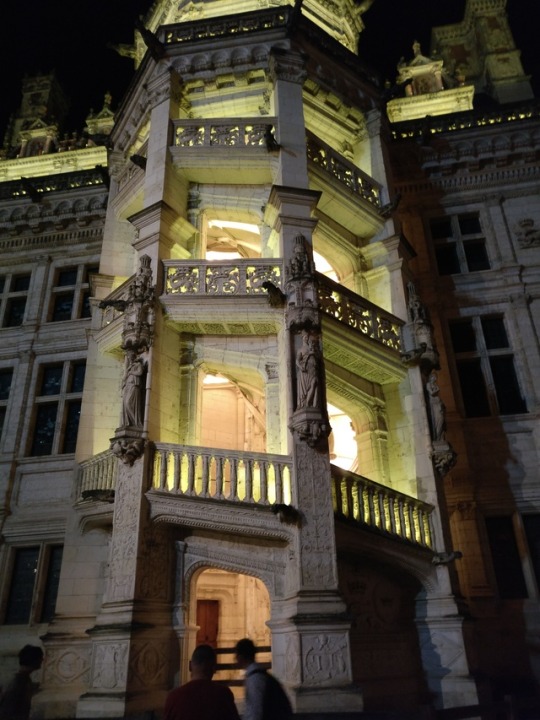
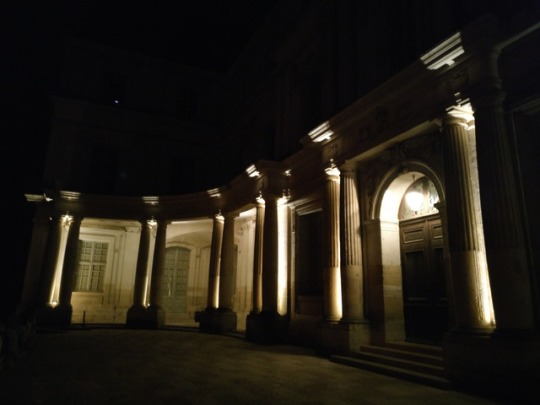

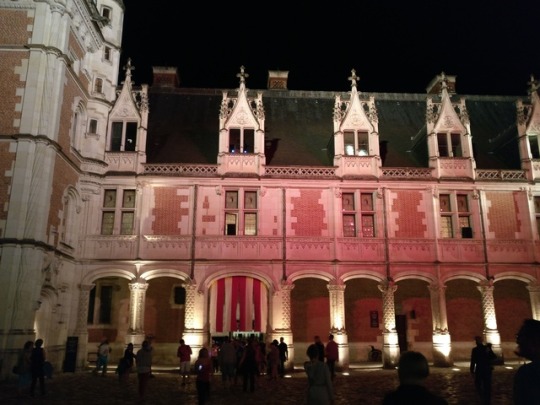
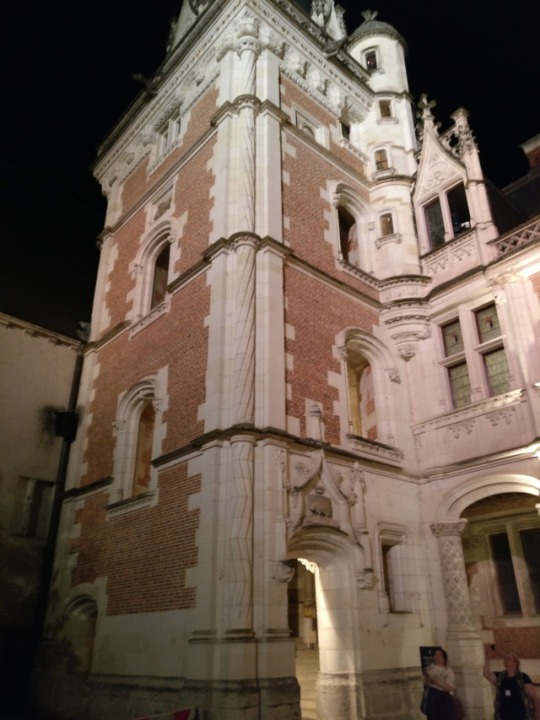
3 notes
·
View notes


